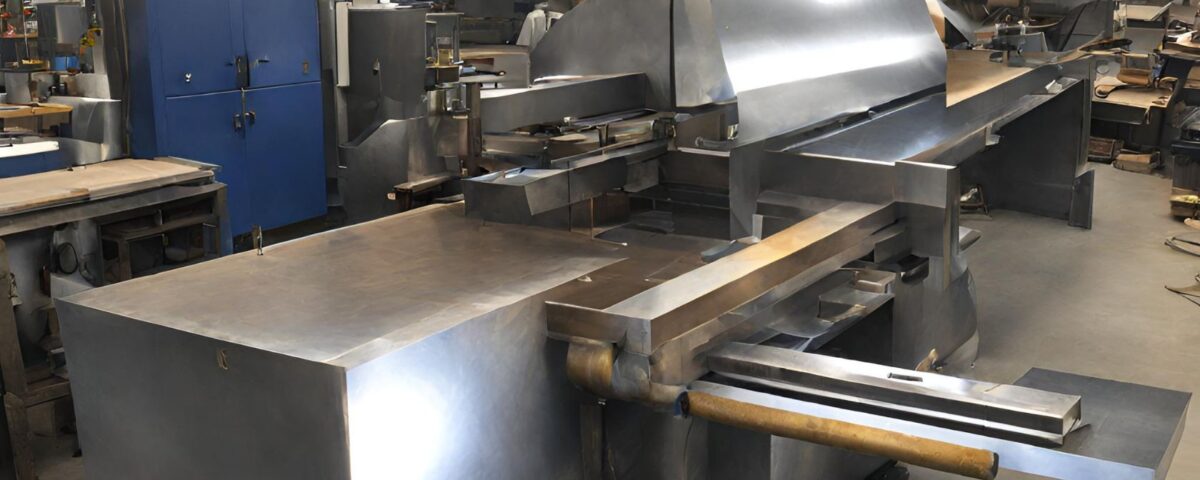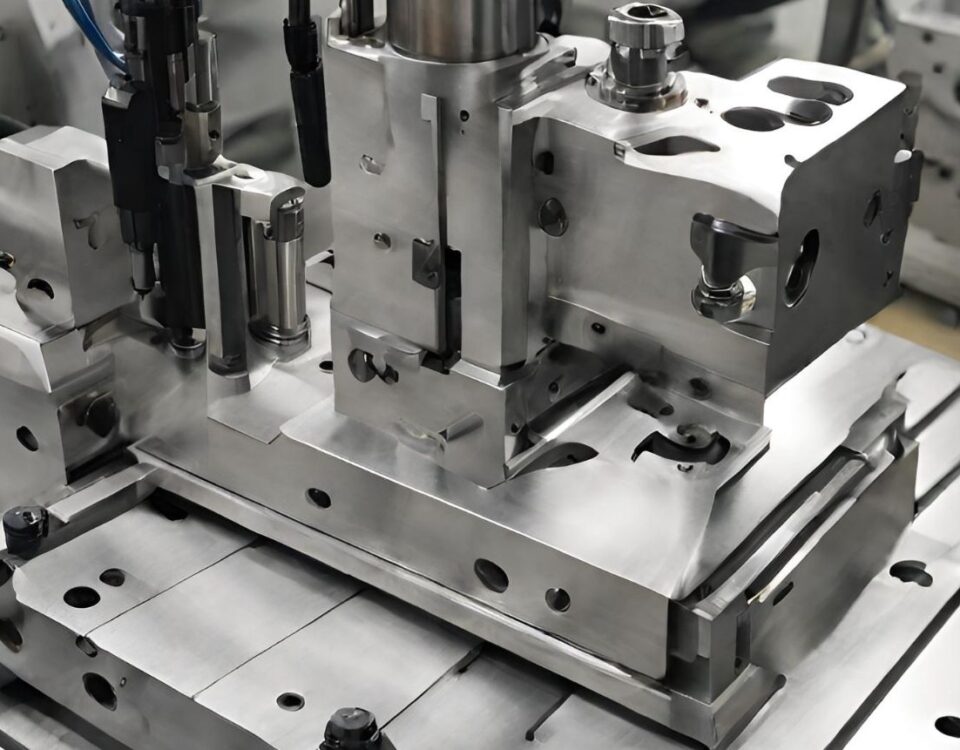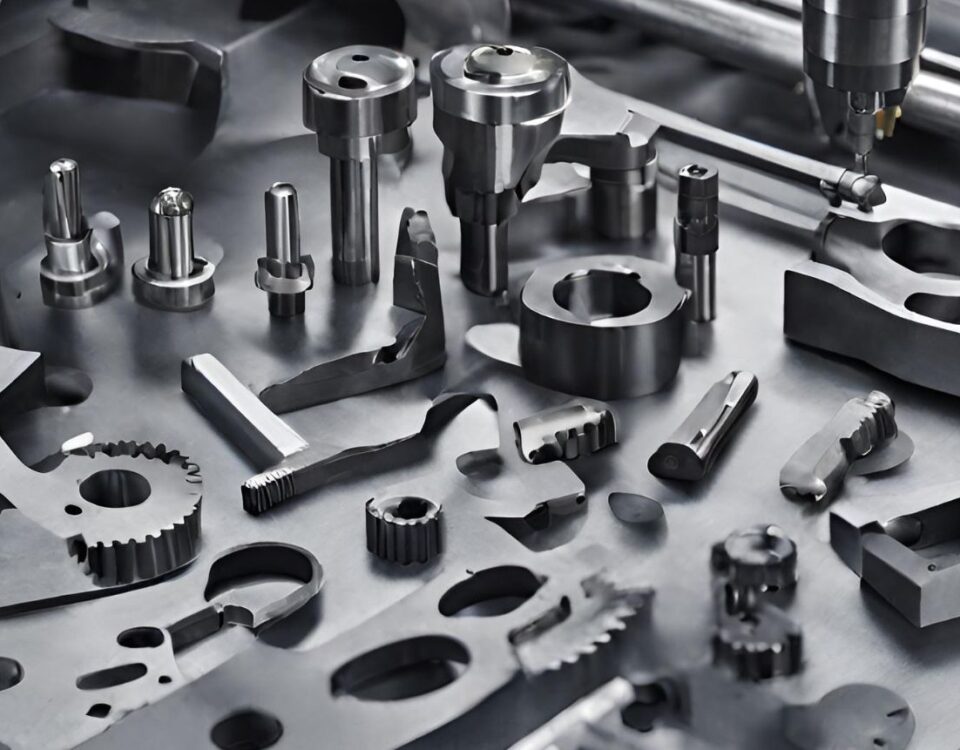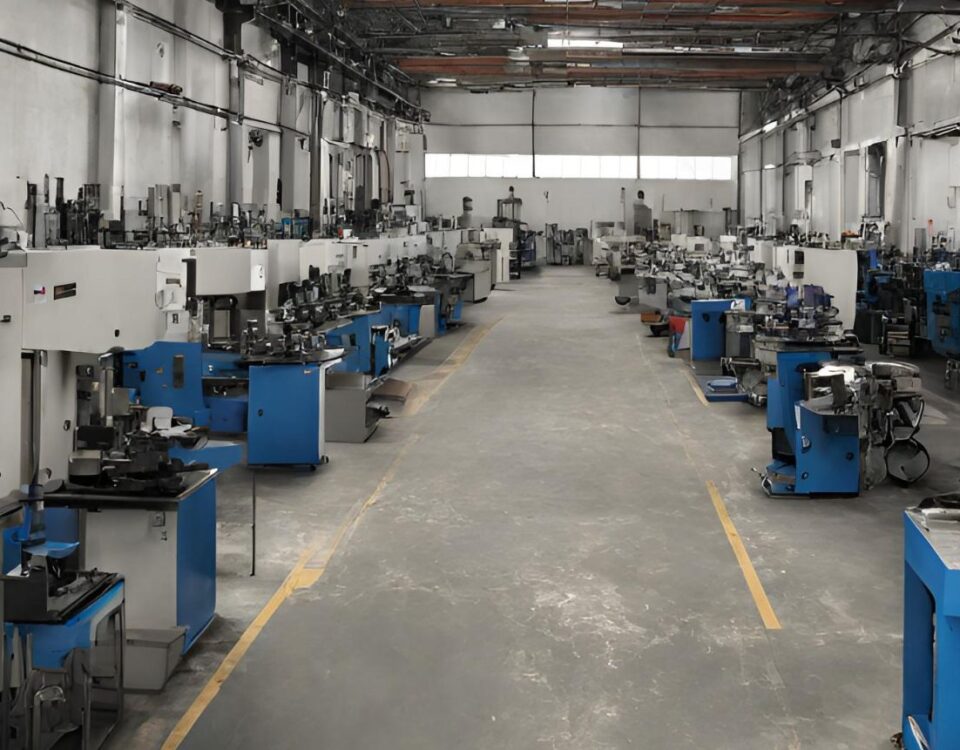The Art of Metal Fabrication: Unveiling the Secrets Behind Precision Engineering and Timeless Craftsmanship
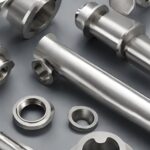
The Ultimate Guide to Stainless Steel Parts
22 March 2024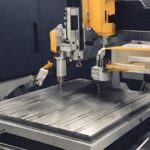
What is CNC Milling Machine?
29 March 2024The Art of Metal Fabrication: Unveiling the Secrets Behind Precision Engineering and Timeless Craftsmanship
In the world of manufacturing, there is an art form that combines precision engineering with timeless craftsmanship: metal fabrication. From the construction of massive structures to the creation of intricate components, metal fabrication plays a crucial role in various industries. But what exactly is the art behind this process? How do metal fabricators transform raw materials into works of art? In this article, we will unveil the secrets behind metal fabrication and explore the intricate techniques used to bring design concepts to life. From cutting and bending to welding and finishing, every step in the fabrication process requires skill, expertise, and attention to detail. We will also delve into the world of materials, showcasing the wide range of metals that can be manipulated to create stunning and functional pieces. So, whether you're a curious enthusiast or a professional in the field, join us on this journey to discover the artistry behind metal fabrication and gain a deeper appreciation for the masterful craftsmanship that goes into every fabrication project.
The History and Evolution of Metal Fabrication
Metal fabrication has a rich history that dates back thousands of years. In ancient times, early civilizations discovered the utility of metals and began experimenting with techniques to shape and mold them. One of the earliest forms of metal fabrication was blacksmithing, where iron and steel were heated and hammered into various shapes. This primitive method laid the foundation for modern metal fabrication.
Over the centuries, metal fabrication techniques evolved and became more sophisticated. With advancements in technology and the development of new tools, fabricators were able to create more complex and intricate designs. The Industrial Revolution in the 18th and 19th centuries further revolutionized the field of metal fabrication, as machines and factories enabled mass production on a larger scale.
Today, metal fabrication is a highly specialized field that combines traditional craftsmanship with cutting-edge technology. From handcrafted pieces to computer-aided design (CAD) and computer numerical control (CNC) machining, the art of metal fabrication has come a long way from its humble beginnings.
Understanding the Different Types of Metal Fabrication Processes
Metal fabrication encompasses a wide range of processes, each with its unique set of techniques and applications. Understanding the different types of metal fabrication processes is crucial to appreciating the artistry behind this craft.
- Cutting and Shearing: Cutting is often the first step in the metal fabrication process. There are various methods for cutting metal, including sawing, shearing, and plasma cutting. Sawing involves using a saw blade to cut through the metal, while shearing involves applying force to cut through the metal along a straight line. Plasma cutting, on the other hand, uses a high-velocity jet of ionized gas to melt and remove the metal.
- Bending and Forming: Once the metal is cut, it can be bent and formed into the desired shape. Bending can be done using a variety of tools, such as press brakes or tube benders. These tools apply force to the metal, causing it to bend without breaking. Forming, on the other hand, involves shaping the metal using techniques like rolling, stamping, and deep drawing.
- Welding and Joining: Welding is a fundamental process in metal fabrication that involves joining two or more pieces of metal together. There are various welding techniques, including arc welding, MIG welding, TIG welding, and spot welding. Each technique requires a different approach and skill set, but they all aim to create a strong and durable bond between the metal pieces.
- Finishing and Surface Treatment: Once the metal fabrication process is complete, the finished piece may undergo various finishing and surface treatment techniques. These techniques are used to enhance the appearance and protect the metal from corrosion. Common finishing techniques include grinding, sanding, polishing, and painting.
The Tools and Equipment Used in Metal Fabrication
Metal fabrication requires a wide range of tools and equipment to carry out the various processes involved. These tools and equipment play a crucial role in achieving precision and accuracy in metal fabrication.
- Cutting Tools: To cut through metal, fabricators use a variety of cutting tools, including saws, shears, and plasma cutters. Saws come in different types, such as band saws, circular saws, and abrasive saws. Shears, on the other hand, are used for cutting sheet metal, while plasma cutters use a high-velocity jet of ionized gas to melt and remove the metal.
- Bending and Forming Tools: The bending and forming process requires specialized tools, such as press brakes and tube benders. Press brakes use a punch and die set to bend the metal to the desired angle, while tube benders are used to bend tubing and pipes.
- Welding Equipment: Welding is a critical process in metal fabrication, and it requires specific equipment to create strong and durable joints. Welding equipment includes welding machines, welding torches, welding electrodes, and safety gear such as helmets and gloves.
- Finishing Tools: To achieve a polished and finished look, metal fabricators use a variety of finishing tools. These include grinders, sanders, polishers, and paint sprayers. Grinders and sanders are used to smooth out rough edges and surfaces, while polishers help achieve a shiny finish. Paint sprayers are used for applying protective coatings or adding color to the finished piece.
The Importance of Precision Engineering in Metal Fabrication
Precision engineering is a fundamental aspect of metal fabrication, as it ensures that every component is manufactured to exact specifications. Achieving precision in metal fabrication requires meticulous planning, accurate measurements, and attention to detail.
One of the key factors in precision engineering is the use of advanced technology, such as computer-aided design (CAD) and computer numerical control (CNC) machining. CAD software allows fabricators to create detailed 3D models of the final product, which can be used to simulate and test different design iterations. CNC machining, on the other hand, automates the fabrication process by using computer-controlled machines to shape and cut the metal with high precision.
Precision engineering also involves selecting the right materials for the desired application. Different metals have varying properties, such as strength, durability, and corrosion resistance. The choice of material depends on factors such as the intended use, environmental conditions, and aesthetic requirements.
In addition to technology and material selection, precision engineering also relies on the expertise and experience of the fabricators. Skilled fabricators have an innate understanding of the materials and processes involved in metal fabrication, allowing them to make precise adjustments and achieve the desired outcome.
Techniques for Shaping and Forming Metal
Metal fabrication encompasses a wide range of techniques for shaping and forming metal into desired structures and components. One of the fundamental processes in metal fabrication is cutting. Metal fabricators use various tools and methods to cut metal sheets and bars with precision. The most common cutting techniques include shearing, sawing, and laser cutting. Shearing involves the use of a shear machine to cut metal sheets along a straight line. Sawing, on the other hand, utilizes a saw blade to make precise cuts through metal bars. Laser cutting, a more advanced technique, employs a high-powered laser beam to melt and vaporize the metal, resulting in incredibly accurate cuts.
Once the metal has been cut into the desired shapes, it can be further manipulated through bending. Bending is the process of deforming metal sheets or bars to achieve specific angles or curves. Metal fabricators use various tools, such as press brakes, rollers, and mandrels, to bend the metal with precision. Press brakes are commonly used for straight-line bends, while rollers and mandrels are employed for more complex curves. The artistry lies in the ability to accurately calculate the bending angles and apply the right amount of force to achieve the desired shape without causing any deformities or cracks in the metal.
Welding is another essential technique in metal fabrication that involves joining separate metal pieces together. It requires precise heat control and the use of filler material to create a strong and seamless bond between the metals. There are several welding methods available, including MIG (Metal Inert Gas) welding, TIG (Tungsten Inert Gas) welding, and stick welding. Each method has its own advantages and is suitable for different types of metals and applications. The skill of a welder lies in their ability to control the heat, maintain a stable arc, and ensure proper penetration, resulting in a weld that is both structurally sound and visually appealing.
Finishing is the final step in the metal fabrication process that gives the fabricated piece its desired appearance and protects it from corrosion. Metal fabricators use various finishing techniques, such as grinding, sanding, polishing, and coating, to achieve the desired surface finish. Grinding and sanding help remove any rough edges or imperfections, while polishing creates a smooth and reflective surface. The application of coatings, such as paint or powder coating, not only enhances the aesthetics but also provides protection against rust and other environmental factors. The artistry in finishing lies in the ability to achieve the desired surface texture, color, and luster that complement the overall design of the fabricated piece.
The Role of Craftsmanship in Creating Timeless Metal Pieces
Craftsmanship is at the heart of metal fabrication and plays a vital role in creating timeless metal pieces. It is the combination of skill, experience, and attention to detail that sets apart a master metal fabricator from an amateur. Craftsmanship involves not only the technical knowledge of metal fabrication techniques but also the artistic sensibility to bring design concepts to life. A skilled metal fabricator understands the properties and behavior of different metals, allowing them to manipulate the material in a way that brings out its inherent beauty and strength.
Craftsmanship is evident in every aspect of the metal fabrication process, from the initial design and material selection to the final finishing touches. A master metal fabricator carefully considers the functionality, aesthetics, and structural integrity of the fabricated piece, ensuring that it not only looks visually appealing but also serves its intended purpose. They pay meticulous attention to every detail, meticulously measuring, cutting, bending, and welding the metal to achieve precise dimensions and seamless joints. The craftsmanship is further showcased in the finishing, where the fabricator meticulously grinds, sands, and polishes the metal to achieve a flawless surface that enhances the overall beauty of the piece.
Craftsmanship in metal fabrication also involves problem-solving and innovation. Metal fabricators often encounter challenges during the fabrication process, such as working with complex designs or overcoming material limitations. A skilled fabricator approaches these challenges with creativity and expertise, finding innovative solutions to ensure the successful completion of the project. They may employ unconventional techniques or utilize specialized tools to achieve the desired results. The ability to think outside the box and adapt to different situations is a hallmark of true craftsmanship in metal fabrication.
Beyond the technical skills, craftsmanship in metal fabrication also encompasses a deep appreciation for the art form itself. Metal fabricators understand the historical significance and cultural heritage associated with metalwork, and they strive to preserve and honor these traditions through their work. They take pride in their craftsmanship and view each fabrication project as an opportunity to create something unique and meaningful. Whether it's a massive steel structure or a delicate metal sculpture, the artistry of the metal fabricator shines through, creating timeless pieces that captivate and inspire.
In conclusion, metal fabrication is a true art form that combines precision engineering with timeless craftsmanship. The techniques employed in shaping and forming metal require skill, expertise, and attention to detail. From cutting and bending to welding and finishing, each step in the fabrication process contributes to the creation of stunning and functional pieces. Craftsmanship plays a pivotal role in metal fabrication, with skilled fabricators bringing design concepts to life through their technical knowledge, problem-solving abilities, and artistic sensibility. Whether it's the construction of massive structures or the creation of intricate components, metal fabrication is a testament to the artistry and skill of the fabricators who transform raw materials into works of art. So, the next time you come across a beautifully crafted metal piece, take a moment to appreciate the precision engineering and timeless craftsmanship that went into its creation.

